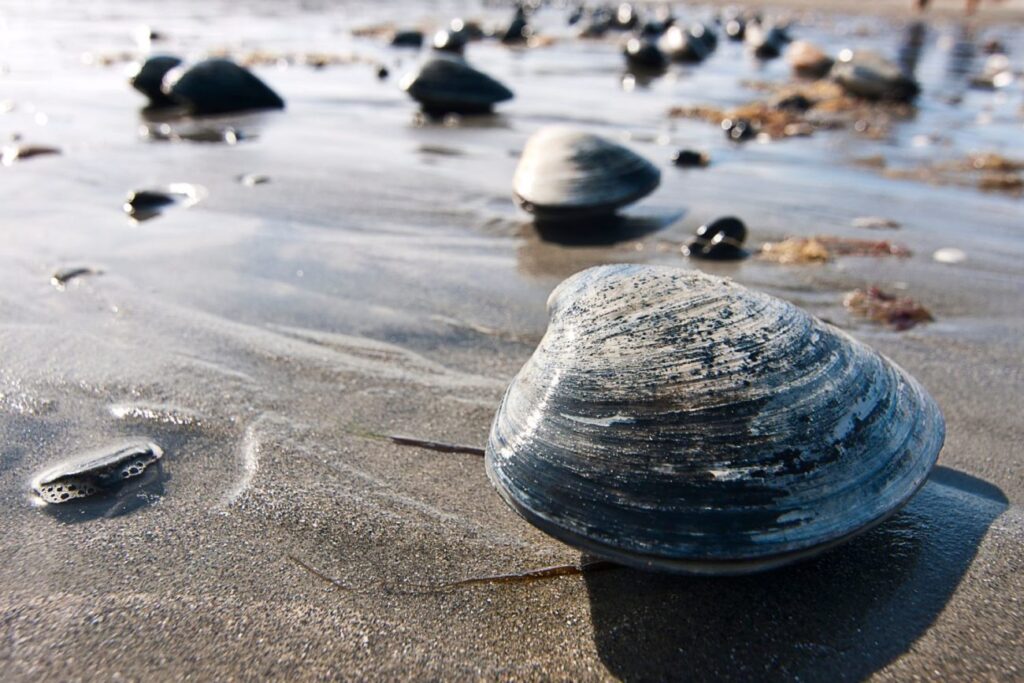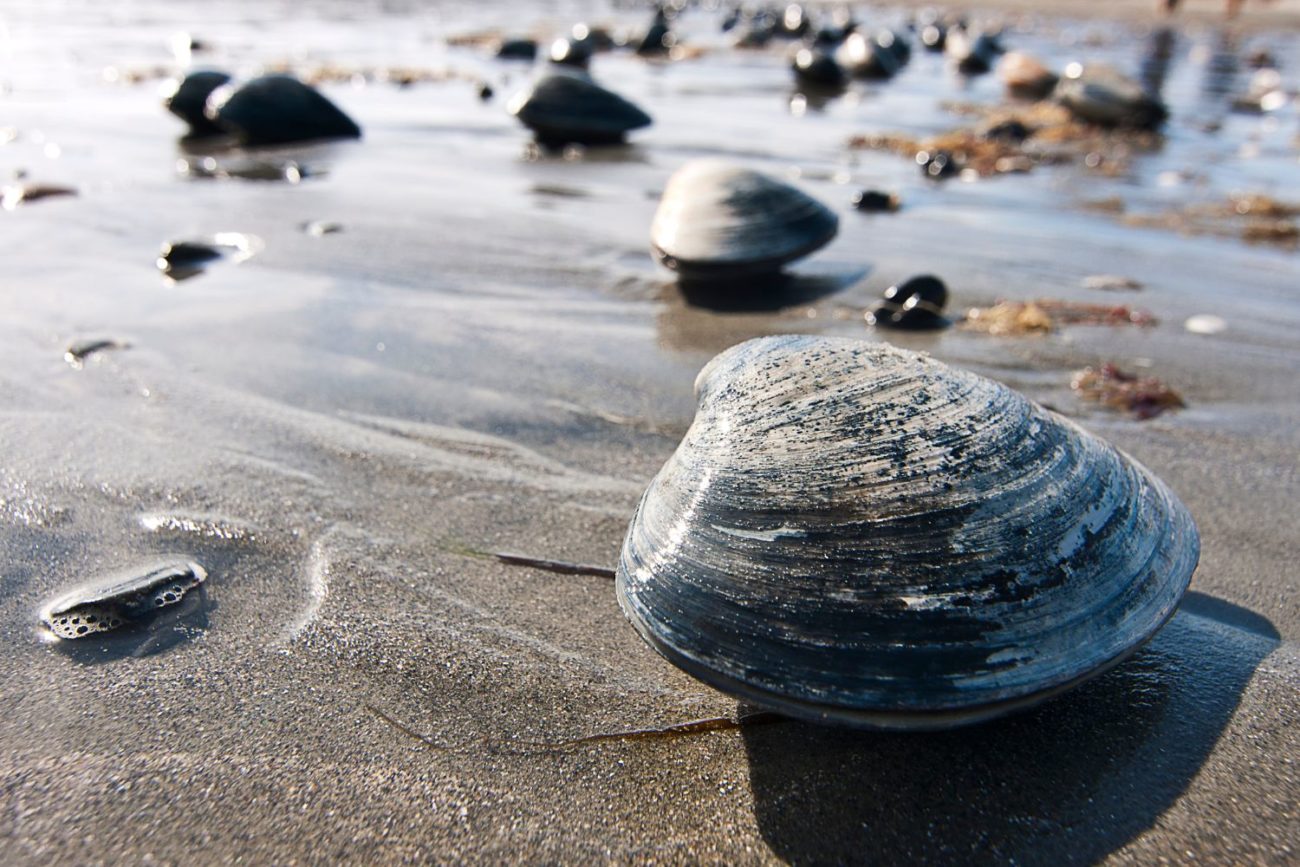
Unlocking the Secrets of Clam Juice: A Comprehensive Guide
Clam juice, often overlooked in the culinary world, is a versatile and flavorful ingredient with a rich history and numerous applications. From enhancing seafood dishes to providing a nutritious boost, understanding the nuances of clam juice can elevate your cooking and well-being. This comprehensive guide delves into the origins, benefits, uses, and considerations surrounding this briny elixir.
What is Clam Juice?
Clam juice is the liquid extracted from clams, typically during the steaming or cooking process. It’s not simply water that clams are cooked in; it’s a natural byproduct, containing the essence of the clam’s flavor and valuable nutrients. The taste is distinctly oceanic, with a salty, slightly sweet, and umami-rich profile. Different clam species yield clam juice with varying degrees of intensity, with some being more delicate and others possessing a bolder, more pronounced flavor.
The History of Clam Juice
The use of clam juice dates back centuries, particularly in coastal communities where clams were a dietary staple. Indigenous populations in North America utilized every part of the clam, including the liquid, for both culinary and medicinal purposes. Early European settlers also adopted this practice, incorporating clam juice into their cooking traditions. Over time, it became a commercially available product, expanding its reach beyond coastal regions.
Nutritional Benefits of Clam Juice
Beyond its flavor, clam juice offers several nutritional benefits. It is a good source of:
- Minerals: Rich in iron, potassium, and zinc, essential minerals for various bodily functions.
- Vitamin B12: Important for nerve function and red blood cell production.
- Trace Elements: Contains smaller amounts of other beneficial minerals and elements.
However, it’s important to note that clam juice can be high in sodium. Individuals with sodium-sensitive conditions should consume it in moderation or opt for low-sodium varieties. While not a significant source of protein or fiber, its mineral content makes it a valuable addition to a balanced diet. Always consult with a healthcare professional for personalized dietary advice.
Culinary Uses of Clam Juice
The culinary applications of clam juice are vast and varied. It can be used to:
- Enhance Seafood Dishes: Add depth and complexity to chowders, bisques, and seafood stews.
- Create Sauces: Form the base for flavorful sauces for pasta, fish, or vegetables.
- Moisturize Dishes: Prevent dryness in baked or steamed seafood recipes.
- Make Broths and Stocks: Serve as a flavorful alternative to chicken or vegetable broth.
- Cocktails: A key ingredient in the classic Bloody Caesar cocktail.
When using clam juice in cooking, consider its salt content. You may need to adjust the amount of salt added to the dish accordingly. Experiment with different brands and varieties to find the flavor profile that best suits your preferences. Consider using it in a Manhattan clam chowder for a robust flavor [See also: New England vs Manhattan Clam Chowder].
How to Choose and Store Clam Juice
When purchasing clam juice, look for clear, unclouded liquid with a fresh, oceanic aroma. Avoid products with a fishy or overly pungent smell. Clam juice is typically sold in cans or bottles. Once opened, it should be refrigerated and used within a few days. Unopened clam juice can be stored in a cool, dark place for several months. Freezing clam juice is also an option, although it may slightly alter the texture. It’s important to check the expiration date before using.
Clam Juice in Cocktails: The Bloody Caesar
One of the most iconic uses of clam juice is in the Bloody Caesar, a Canadian cocktail similar to the Bloody Mary. The Bloody Caesar combines vodka, tomato juice, clam juice (specifically, Clamato juice, a blend of tomato juice and clam broth), Worcestershire sauce, hot sauce, and spices. It’s typically garnished with a celery stalk, lime wedge, and sometimes even seafood. The clam juice adds a unique savory element that distinguishes the Bloody Caesar from its American counterpart. The distinctive flavor of clam juice is what truly makes this cocktail stand out.
Clam Juice Substitutes
If clam juice is unavailable, several substitutes can be used, although they may not perfectly replicate the flavor. Options include:
- Fish Broth: Provides a similar oceanic flavor, but may be less intense.
- Vegetable Broth with Seaweed: Adds a briny note to vegetable broth.
- Chicken Broth: A neutral option that can be enhanced with a pinch of salt and a squeeze of lemon.
- Bottled clam broth concentrate: Available in some stores, this can be used to create a more intense clam flavor.
Keep in mind that the substitution will affect the final taste of the dish. Adjust the seasonings accordingly to achieve the desired flavor profile. Consider the overall recipe and the role of the clam juice when selecting a substitute.
Potential Risks and Considerations
While clam juice is generally safe for consumption, there are a few potential risks to consider:
- Sodium Content: As mentioned earlier, clam juice can be high in sodium. Individuals with high blood pressure or other sodium-sensitive conditions should limit their intake.
- Allergies: People with shellfish allergies should avoid clam juice.
- Mercury Content: Clams, like other seafood, may contain trace amounts of mercury. Pregnant women and young children should consume clam juice in moderation.
- Purines: Clams are high in purines, which can exacerbate gout symptoms in some individuals.
Always consult with a healthcare professional if you have any concerns about consuming clam juice. Pay attention to your body’s reaction and discontinue use if you experience any adverse effects.
Making Your Own Clam Juice
While commercially available clam juice is readily accessible, you can also make your own at home. This allows you to control the ingredients and flavor profile. To make homemade clam juice:
- Purchase fresh clams from a reputable source.
- Scrub the clams thoroughly to remove any sand or debris.
- Place the clams in a large pot with a small amount of water (about 1/2 cup per pound of clams).
- Steam the clams until they open. Discard any clams that do not open.
- Strain the liquid through a fine-mesh sieve or cheesecloth to remove any sediment.
- The resulting liquid is your homemade clam juice.
Homemade clam juice will have a fresher, more delicate flavor than commercially produced versions. Use it immediately or store it in the refrigerator for up to 2 days.
The Future of Clam Juice
As consumers become increasingly interested in sustainable and flavorful ingredients, clam juice is poised for a resurgence. Its versatility, nutritional benefits, and unique flavor profile make it a valuable addition to both home and professional kitchens. Chefs are exploring new and innovative ways to incorporate clam juice into their dishes, from savory sauces to delicate broths. As awareness of its potential grows, clam juice is likely to become an increasingly popular ingredient in the years to come. The use of clam juice in plant-based seafood alternatives [See also: Sustainable Seafood Options] is one area of innovation.
Conclusion
Clam juice is more than just a byproduct of cooking clams; it’s a versatile and flavorful ingredient with a rich history and numerous applications. From enhancing seafood dishes to providing a nutritious boost, understanding the nuances of clam juice can elevate your cooking and well-being. Whether you’re a seasoned chef or a home cook, exploring the world of clam juice is sure to be a rewarding culinary adventure. So, next time you’re looking to add a touch of the ocean to your dishes, don’t overlook the power of clam juice.

